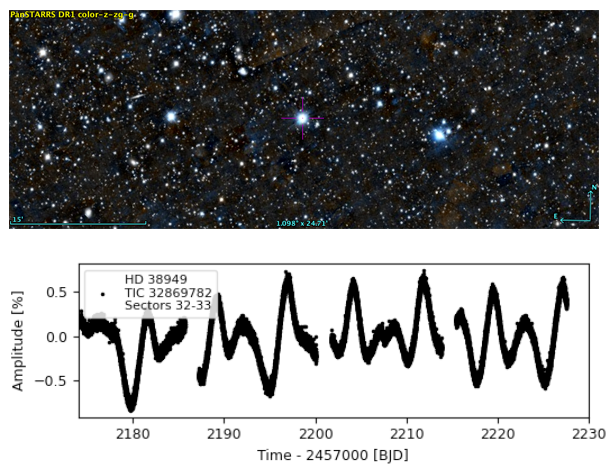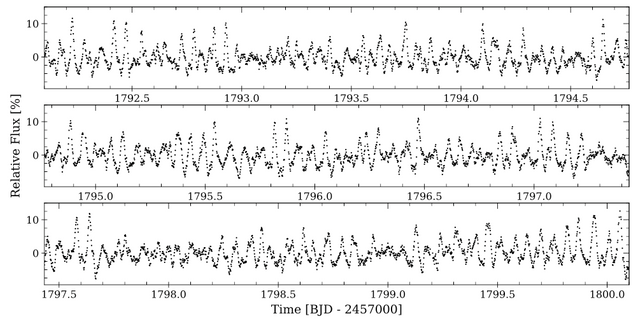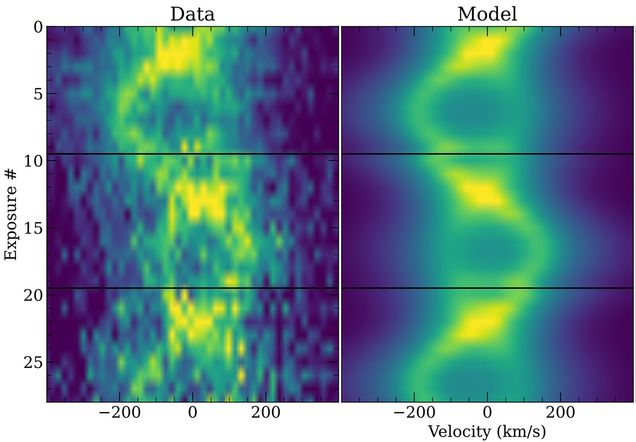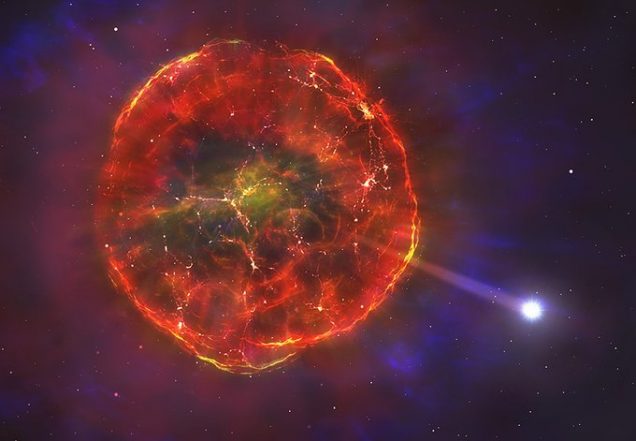The BU White Dwarf Group

Welcome to the home page of the BU White Dwarf group, headquartered a few blocks from Fenway Park in Boston, MA, USA.
Our research focuses on white dwarf stars and their connection to the endpoints of stars, binary, and planetary systems. Our work is supported by Boston University, the Institute for Astrophysical Research, the National Aeronautics and Space Administration (NASA), the National Science Foundation (NSF), and the Massachusetts Space Grant Consortium.
Recent news and group updates:
Research updates can be found below and on the news page.
TESS finds 74 bright pulsating white dwarfs
In January 2022, a manuscript led by Alejandra Romero from the Universidade Federal do Rio Grande do Sul in Brazil (Romero, Kepler, Hermes et al. 2022) announced the outcome of a large search for bright new pulsating white dwarfs: in the first three years of the TESS mission we have discovered 74 new pulsating hydrogen-atmosphere (ZZ Ceti) white dwarfs. The work involved many members of the BUWD group, as well as observations collected from both the 1.8m Perkins Telescope Observatory as well as the 4.3m Lowell Discovery Telescope, and was coordinated through Working Group 8 of the TESS Asteroseismic Consortium. These bright objects will be studied for the remainder of the TESS mission so that more information can be ascertained from their interiors through asteroseismology. The manuscript announcing these objects by Romero, Kepler, Hermes et al. 2022 has been accepted for publication in the Monthly Notices of the Royal Astronomical Society.
Preempting an ‘oops’ with JWST

In January 2022, Deputy Project Scientist for JWST Susan Mullally and members of the BUWD group (Mullally, Sloan, Hermes, et al. 2022) announced the first results of a project to monitor nearly all possible spectrophotometric standards that are planned to calibrate the high-precision observations undertaken by the recently launched 6.5-meter James Webb Space Telescope. Using another NASA mission, TESS, we found that most planned standards are suitable for calibrations. However, we also discovered four that are intrinsically quite variable, including one especially poor standard that the JWST team has now thrown out (see image above). The work by Mullally, Sloan, Hermes et al. 2022 has been accepted for publication in the Astrophysical Journal; a short thread on the discovery can be found here.
TESS watches a low-mass white dwarf pulsate

In October 2021, former BUWD group member Isaac Lopez led a global collaboration (Lopez, Hermes, Calcaferro et al. 2021) announcing the discovery, characterization with TESS, and asteroseismic modeling of the pulsations in the first extremely low-mass white dwarf observed from space: GD 278. Using a method to select variable white dwarfs from Gaia pioneered by our group, we first saw pulsations from McDonald Observatory in August 2019. We quickly secured TESS data (see above), producing some of the best data on a pulsating white dwarf ever collected. We matched the observed oscillation periods to theoretical models with multiple stellar evolution codes. This is now the lowest-mass white dwarf with a measured rotation rate. The work by Lopez, Hermes, Calcaferro et al. 2021 was accepted for publication and will appear soon in the Astrophysical Journal; a thread can be found here on Twitter: https://twitter.com/jotajotahermes/status/1446514046027640839?s=20.
A 99-min binary from SDSS-V

In one of the first science results from SDSS-V, collaborators led by Harvard graduate student Vedant Chandra (Chandra et al. 2021) have discovered a double-lined, double-white-dwarf binary orbiting one another every 99 minutes in a paper that was recently accepted for publication by the Astrophysical Journal. The two white dwarfs will merge into a roughly 0.85 solar-mass remnant in less than 300 million years, and the system is already likely giving off enough gravitational waves to be detectable by the LISA mission. A nice Twitter summary of the discovery is here. The pair of stars was found in just the first six months of SDSS-V data, so more exciting discoveries await when the robots take over later this year!
Rotation in shrapnel from a supernova

In June 2021 work led by researchers in the BU White Dwarf group discovered that the partly burnt runaway star LP 40-365 (also known as GD 492) rotates every 8.9 hours using archival data from the Transiting Exoplanet Survey Satellite (TESS) and the Hubble Space Telescope (HST) published as Hermes, Putterman, Hollands, et al. 2021. This relatively long rotation period likes adds more evidence that LP 40-365 is actually the bound remnant of an exploded white dwarf itself, the still-simmering embers of a thermonuclear (Type Iax) explosion that slung-shot the star from the Milky Way. An excellent write-up was recently featured in The Brink, and a thread on the discovery of the system is located here: https://twitter.com/jotajotahermes/status/1394298751087435784?s=20. The paper has been published the Astrophysical Journal Letters.